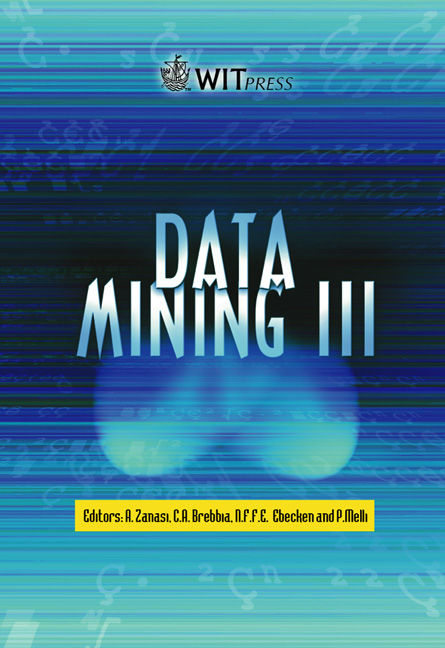Using Machine Learning Techniques To Predict Defection Of Top Clients
Price
Free (open access)
Volume
28
Pages
Published
2002
Size
485 kb
Paper DOI
10.2495/DATA020491
Copyright
WIT Press
Author(s)
W Buckinx, B Baesens, D Van den Poel, P Van Kenhove & J Vanthienen
Abstract
Fierce competition in many industries causes switching behavior of customers. Because foregone profits of defected customers are significant, an increase of the retention rate can be very profitable. In this paper, we focus on the treatment of companies’ most promising current customers in a non-contractual setting. We build a model in order to predict churn behavior of top clients who will (partially) defect in the near future. We applied the following classification techniques: logistic regression, linear discriminant analysis, quadratic discriminant analysis, C4.5, neural networks and Naive Bayes. Their performance is quantified by the classification accuracy and the area under the receiver operating characteristic curve (AUROC). The experiments were carried out on a real life data set obtained by a Belgian retailer. The article contributes in many ways. The results show that past customer behavior has predictive power to indicate future partial defection. This finding is from a companies’ point of view even more important than being able to define total defectors, which was until now the traditional goal in attrition research. It was found that neural networks performed better than the other classification techniques in terms of both classification accuracy and AUROC. Although the performance benefits are sometimes small in absolute terms, they are statistically significant and relevant from a marketing perspective. Finally it was found that the number of past shop visits and the time between past shop incidence are amongst the most predictive inputs for the problem at hand.
Keywords





